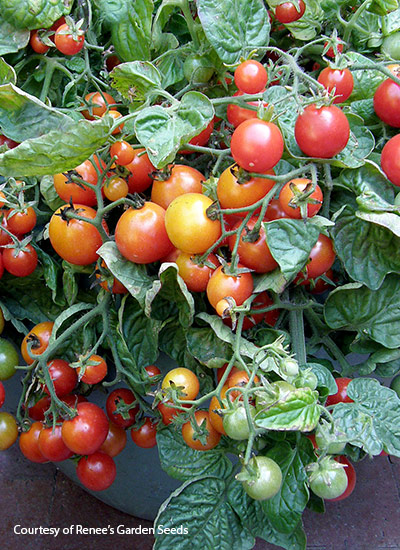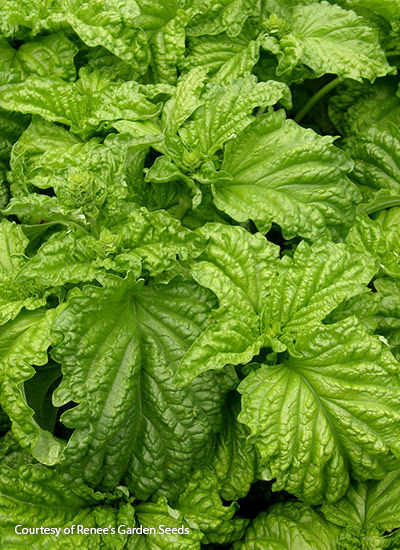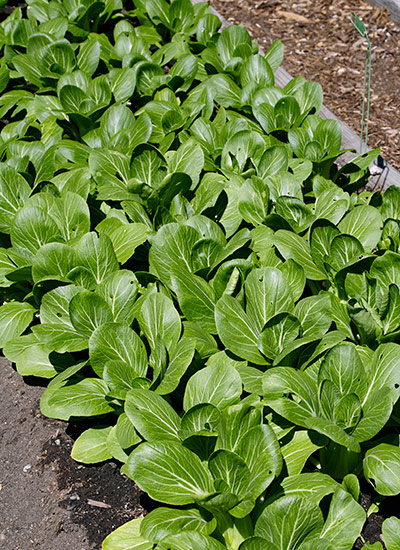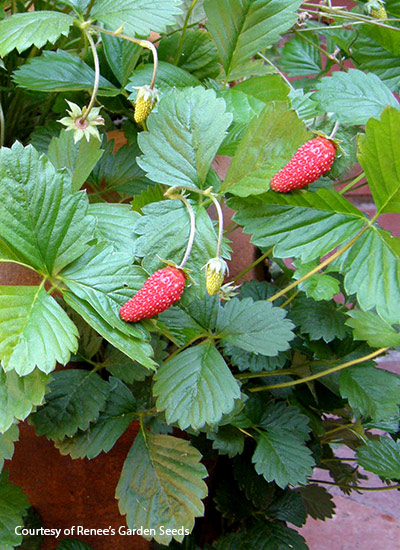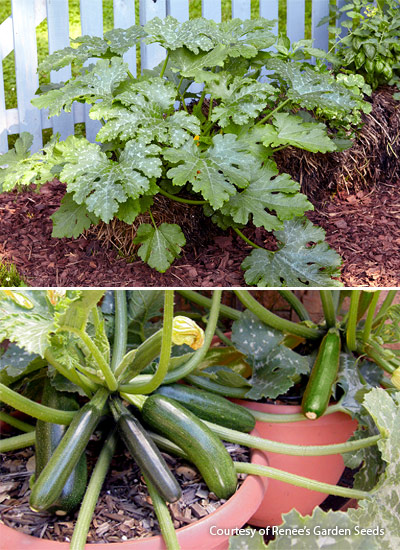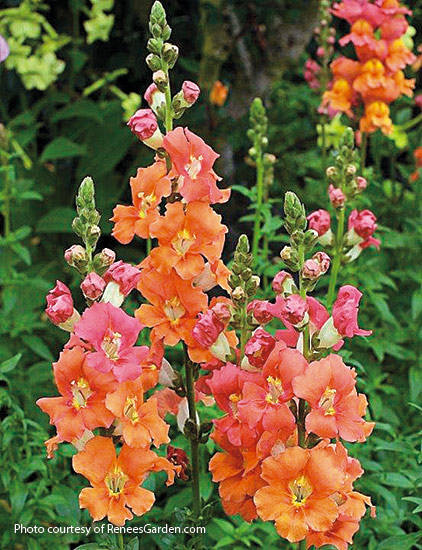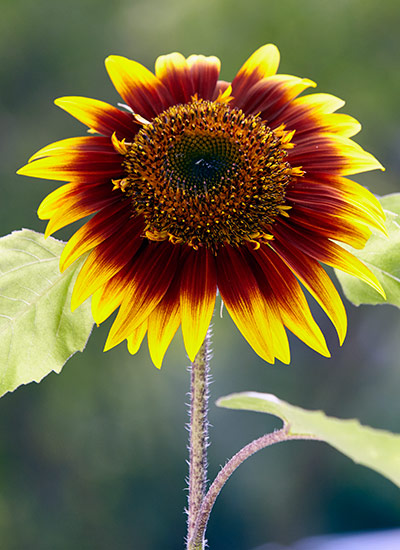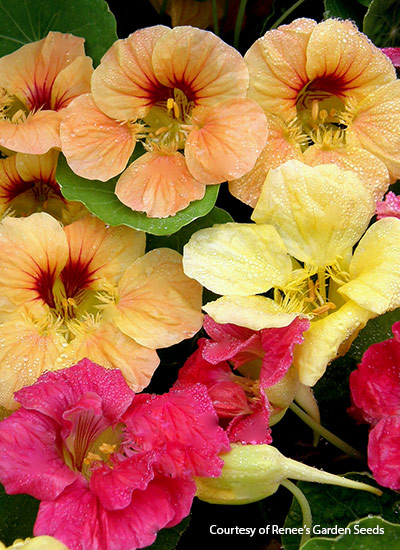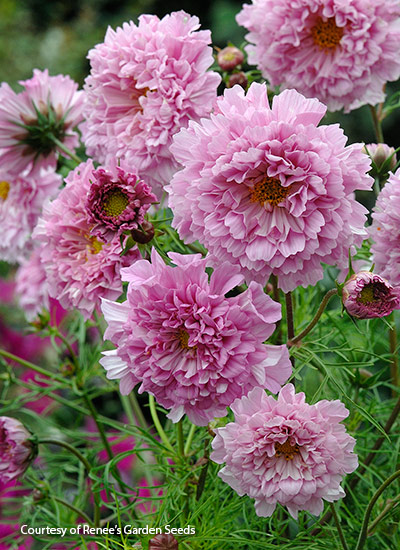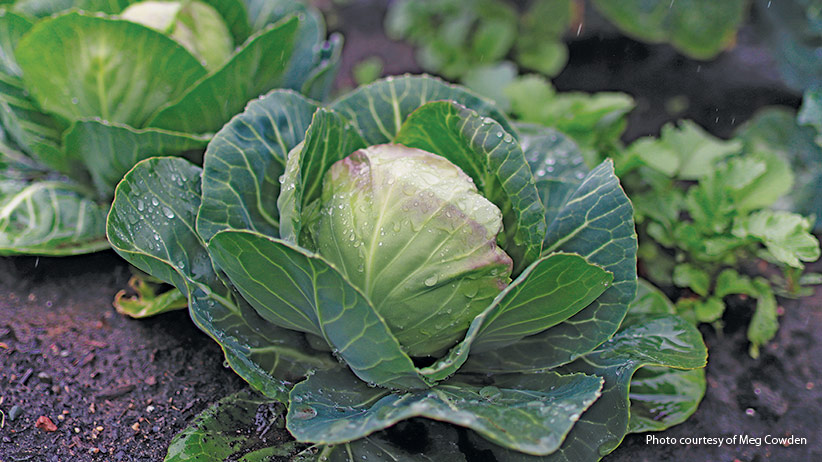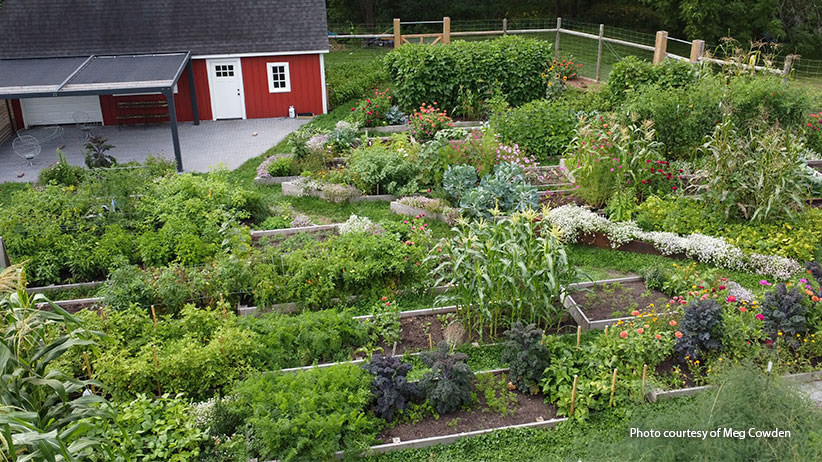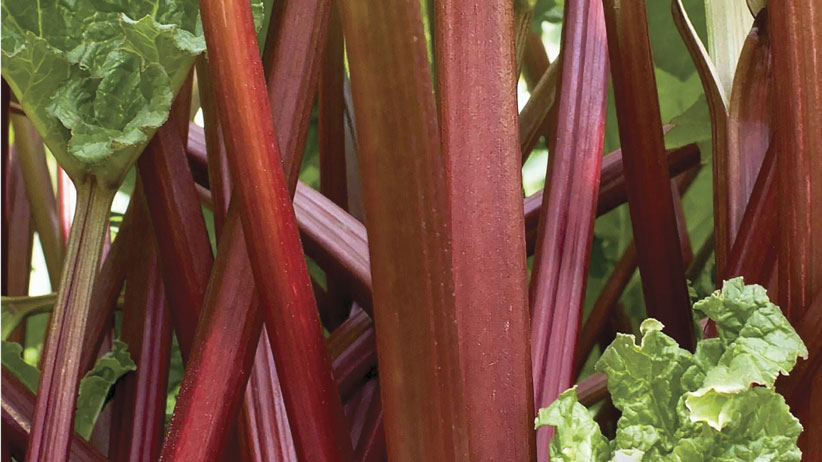Garden tested by a pro
Renee Shepherd, owner of Renee’s Garden Seeds, knows a thing or two about gardening — she’s been growing plants for more than 30 years. With all the different cultivars of annuals and edibles available, she’s found the best way to narrow the field of organically produced seeds for her mail-order nursery is to grow lots and see which ones do best. So when you go to her website, you’ll know that the choices and information there and on the seed packets come from personal experience.
Why are these easy-to-grow seeds so great?
When Renee tests plants, she’s looking for interesting flower or foliage colors, a nice fragrance, good flavor or growth habit and other unique characteristics. If a plant has several of these things going for it, she’s ready to offer it to her customers. With trial gardens in California and Vermont, as well as some informal ones in Florida and Washington state, she can get agood idea of how plants will grow in a variety of conditions.
Here are a few of Renee’s favorite easy plants to start from seed that she wouldn’t dream of gardening without.
You Might Also Like:
Seed starting tips
Grow your own greens
How to sow seeds outdoors
5 great reasons to grow peas
Easy-to-grow heirloom vegetables
DIY potting bench




